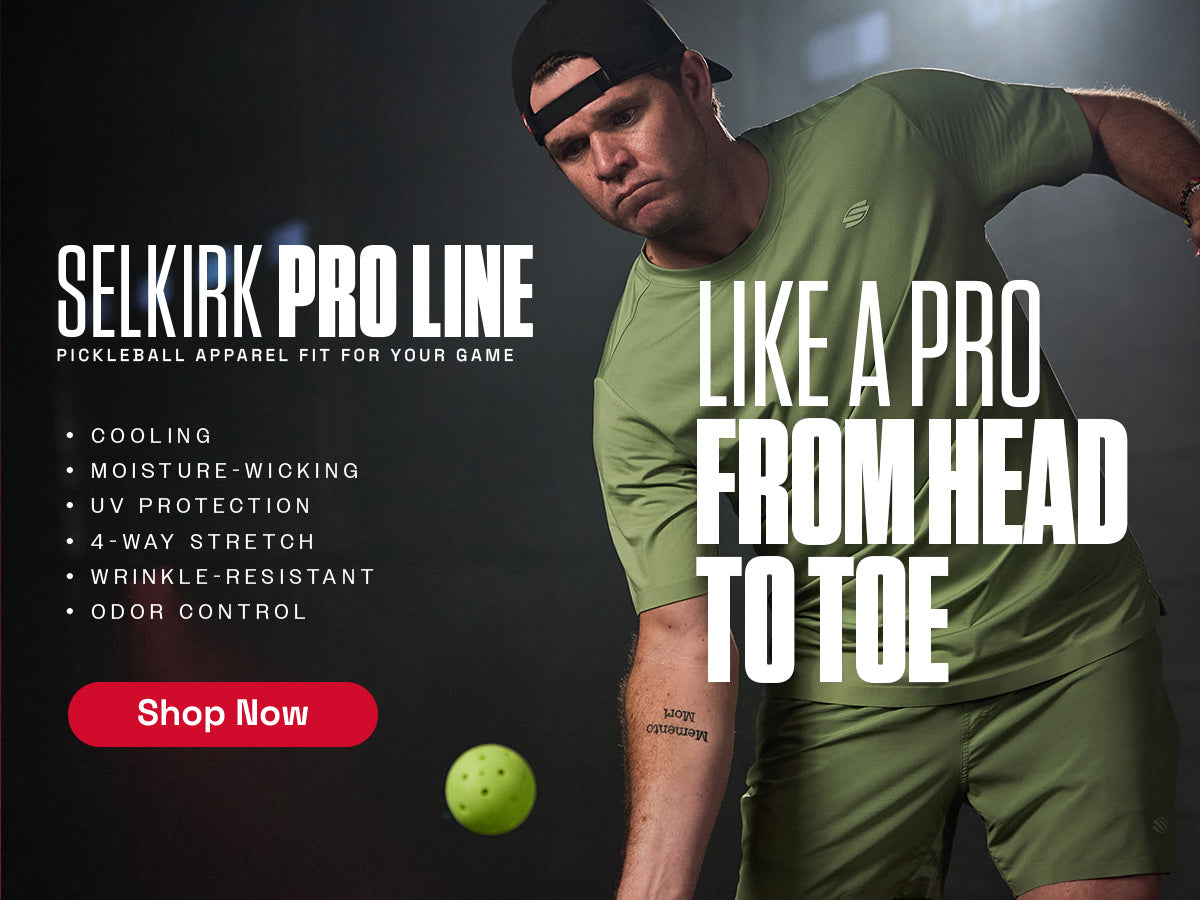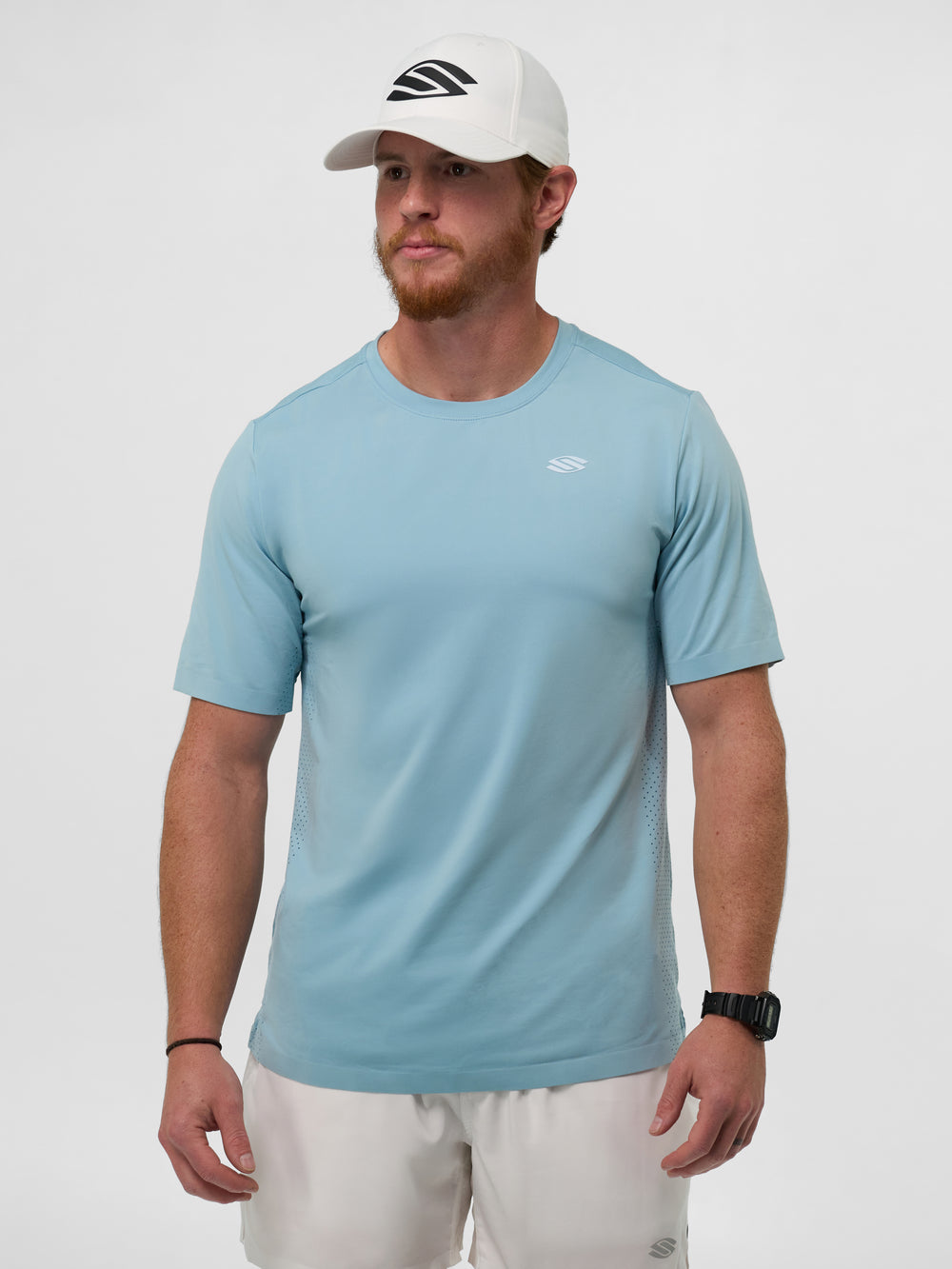To better cater to players' needs and address their concerns, it's essential to understand the anatomy of a pickleball paddle. In this article, we'll break down the different parts of a paddle and explain their functions, helping you make informed decisions when choosing the right paddle for your playing style. We like to break down the paddle into two main parts, the head and the handle.
Head of the Paddle
The head of a pickleball paddle consists of the Face, Core, Edge Guard, and Throat.
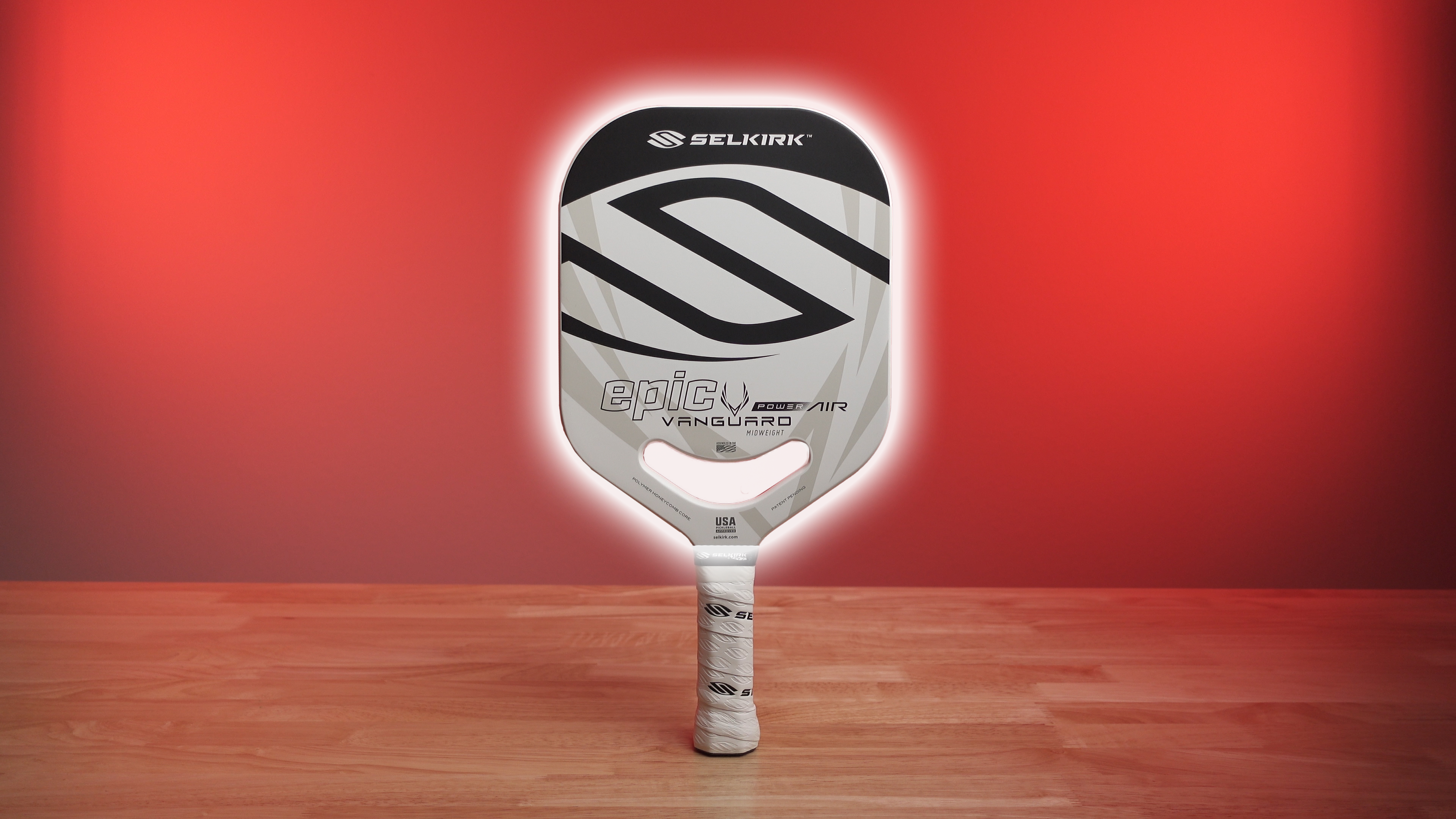
Paddle Face
The Face is the part that comes into contact with the ball and is typically made of carbon fiber, fiberglass, or a composite material. The face can have different textures, with some paddles having a smooth surface and others featuring a rougher, textured surface.
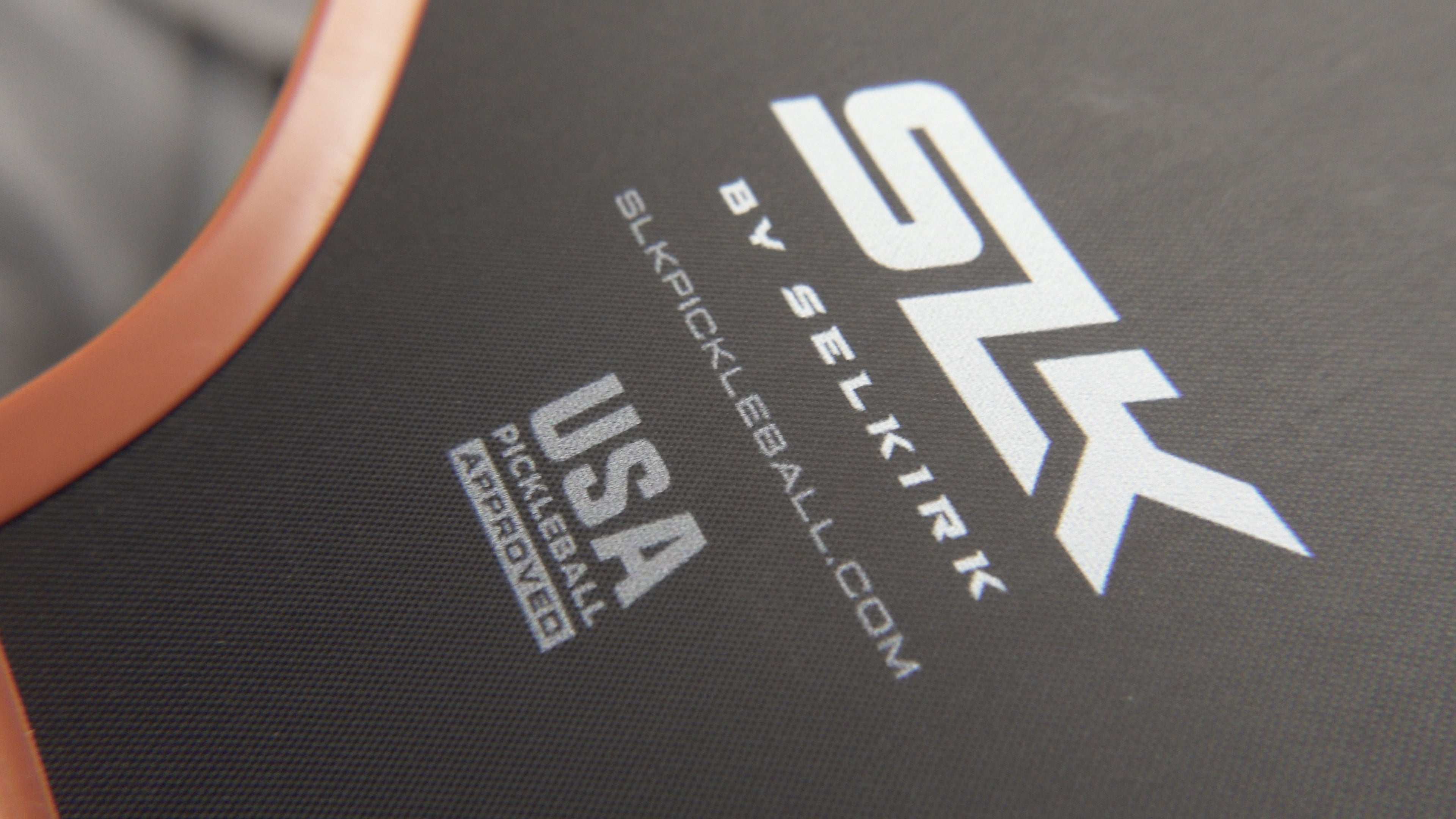
Paddle Core
Beneath the face lies the Core, which is usually made of polypropylene in a honeycomb arrangement. The core gives a pickleball paddle its thickness and contributes to its overall performance.
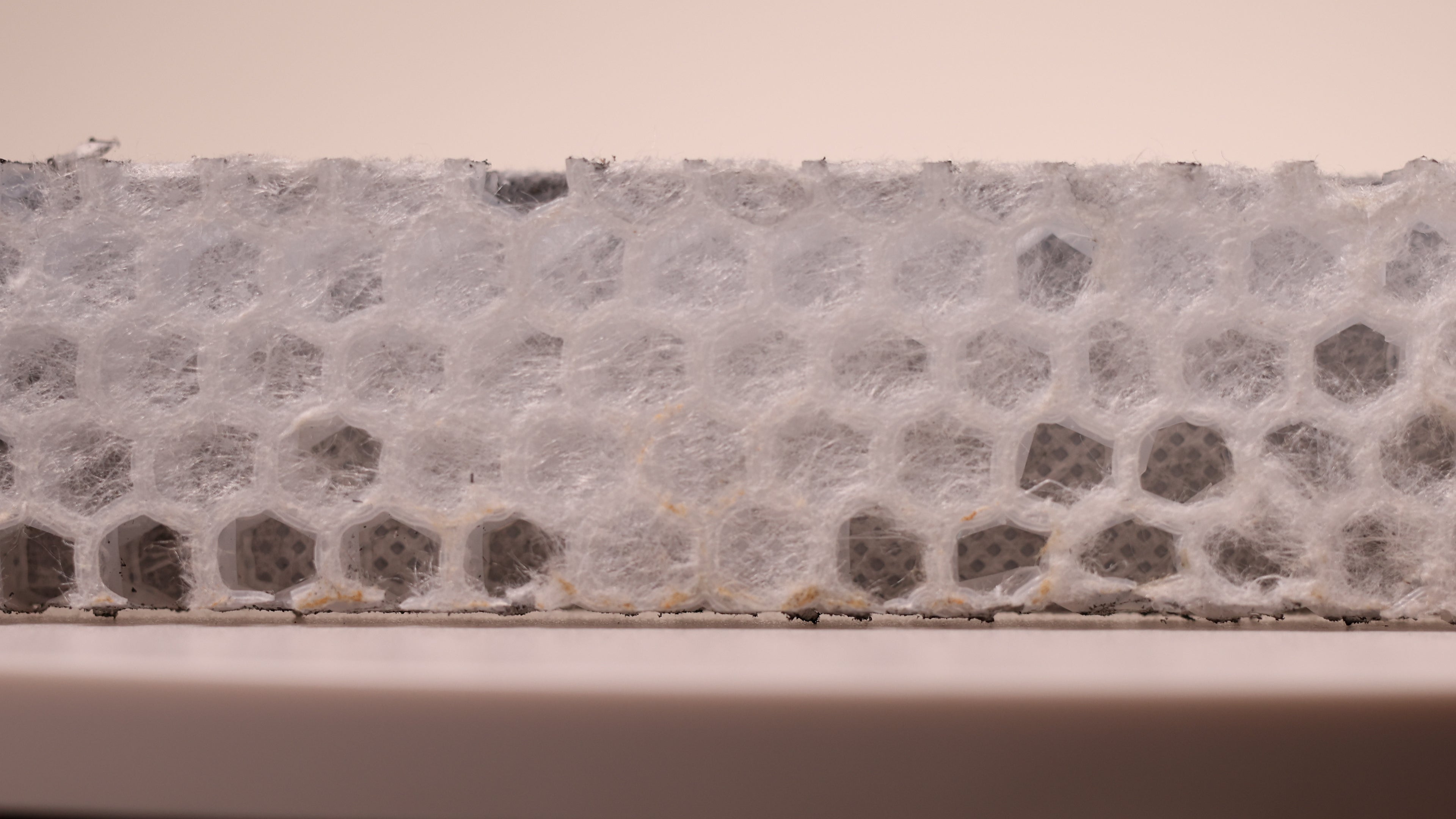
Edge Guard
The Edge Guard is a protective strip that runs around the edge of the paddle, shielding it from damage caused by hitting the ground or other surfaces. (Note: some paddles are “Edgeless” that have a smooth transition from the face of the paddle to the sides of the paddle.)
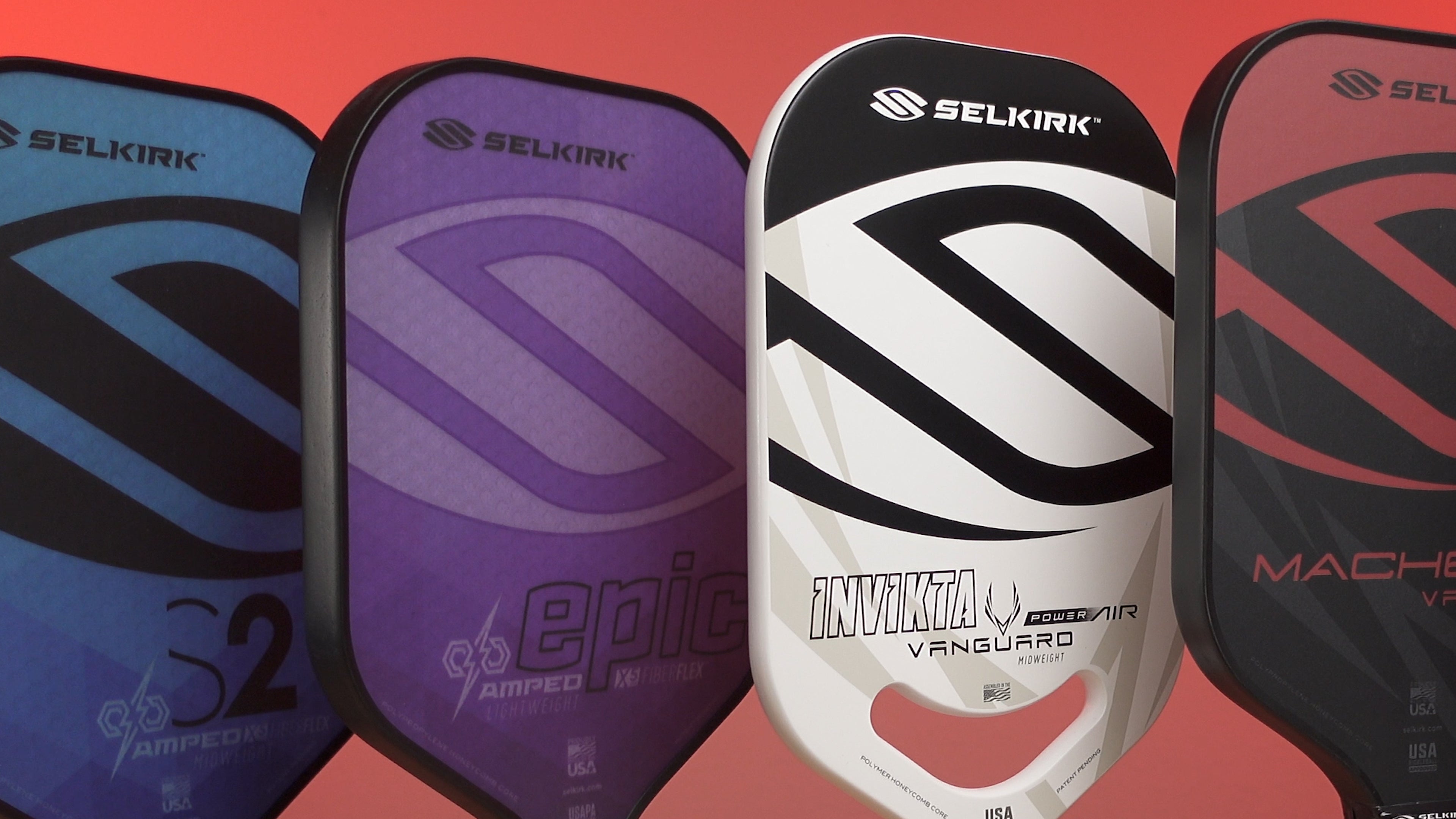
Paddle Throat
Lastly, the Throat is the area where the face tapers into the handle, connecting the Head to the Handle. While it can be used to strike the ball, it's not the most effective part of the paddle for doing so.
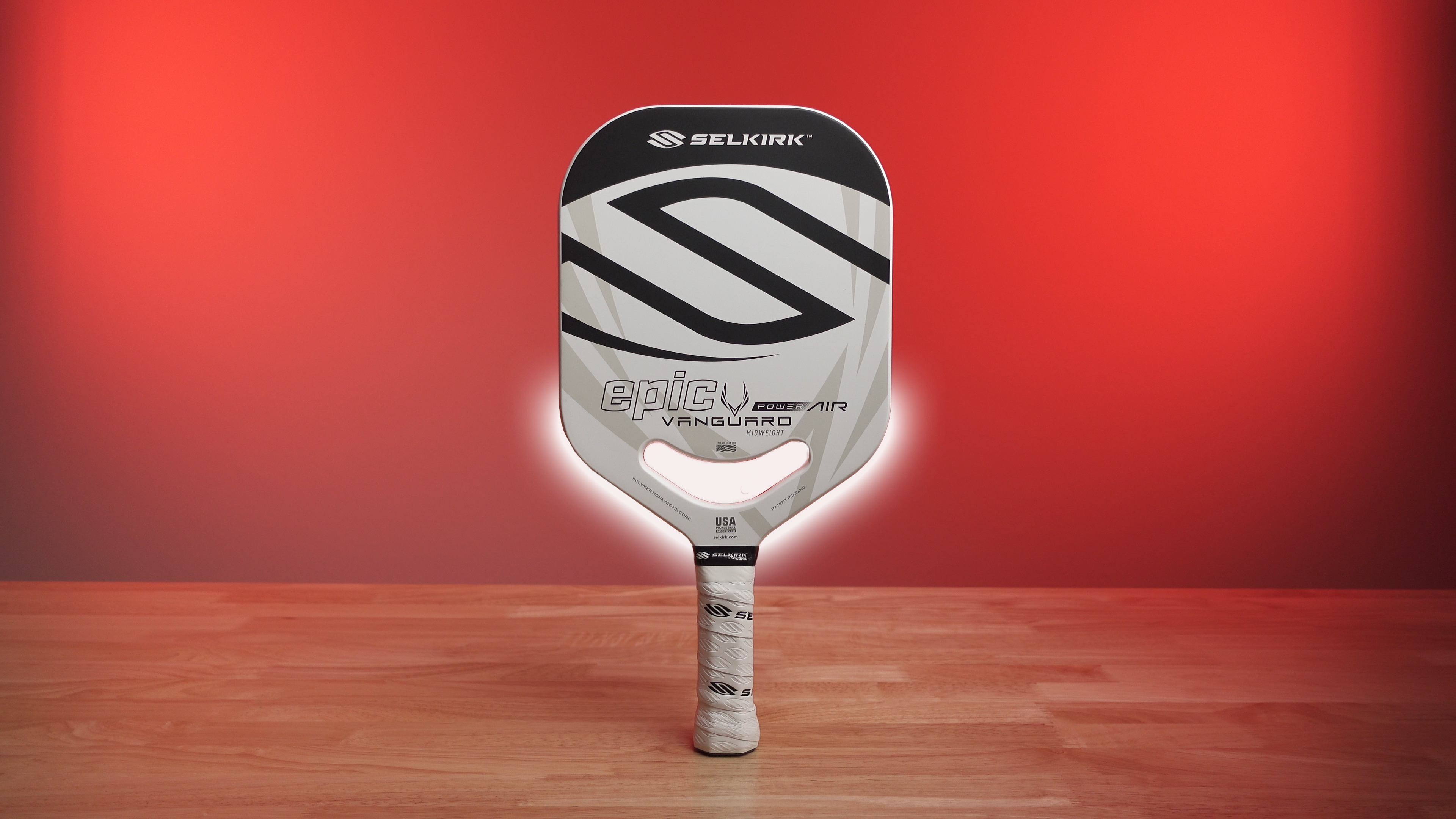
Handle
The Handle is the part of the paddle that the player grips, and it's crucial to have a comfortable and easy-to-hold handle. Handles come in various shapes, including round, square, oval, and octagonal.
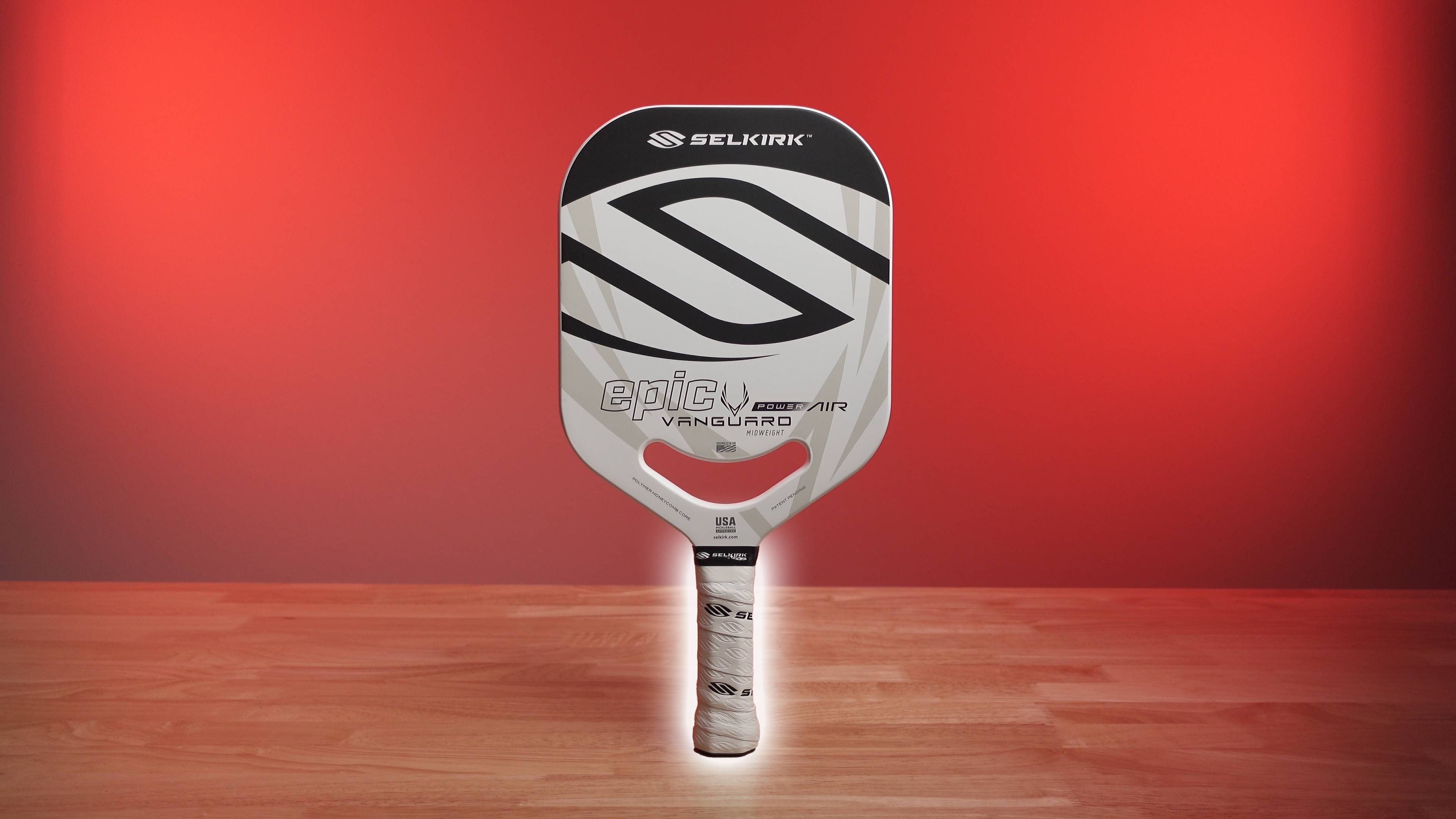
Paddle Grip
Wrapped around the handle is the Grip, which is the part that the player actually touches.
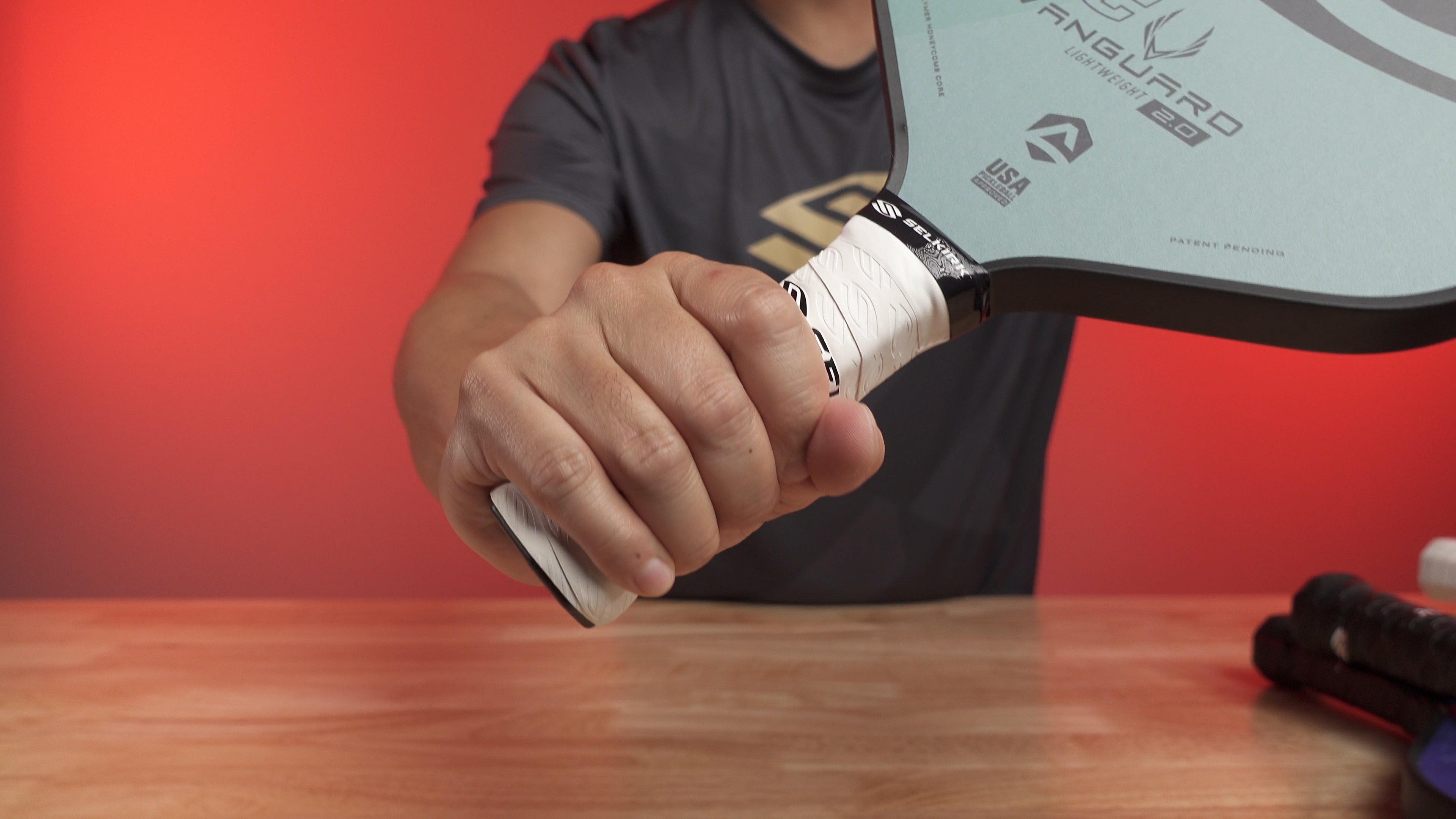
Grips can be made of various materials, such as rubber, synthetic materials, or even leather, and come in different colors, thicknesses, and textures to suit the player's preferences.
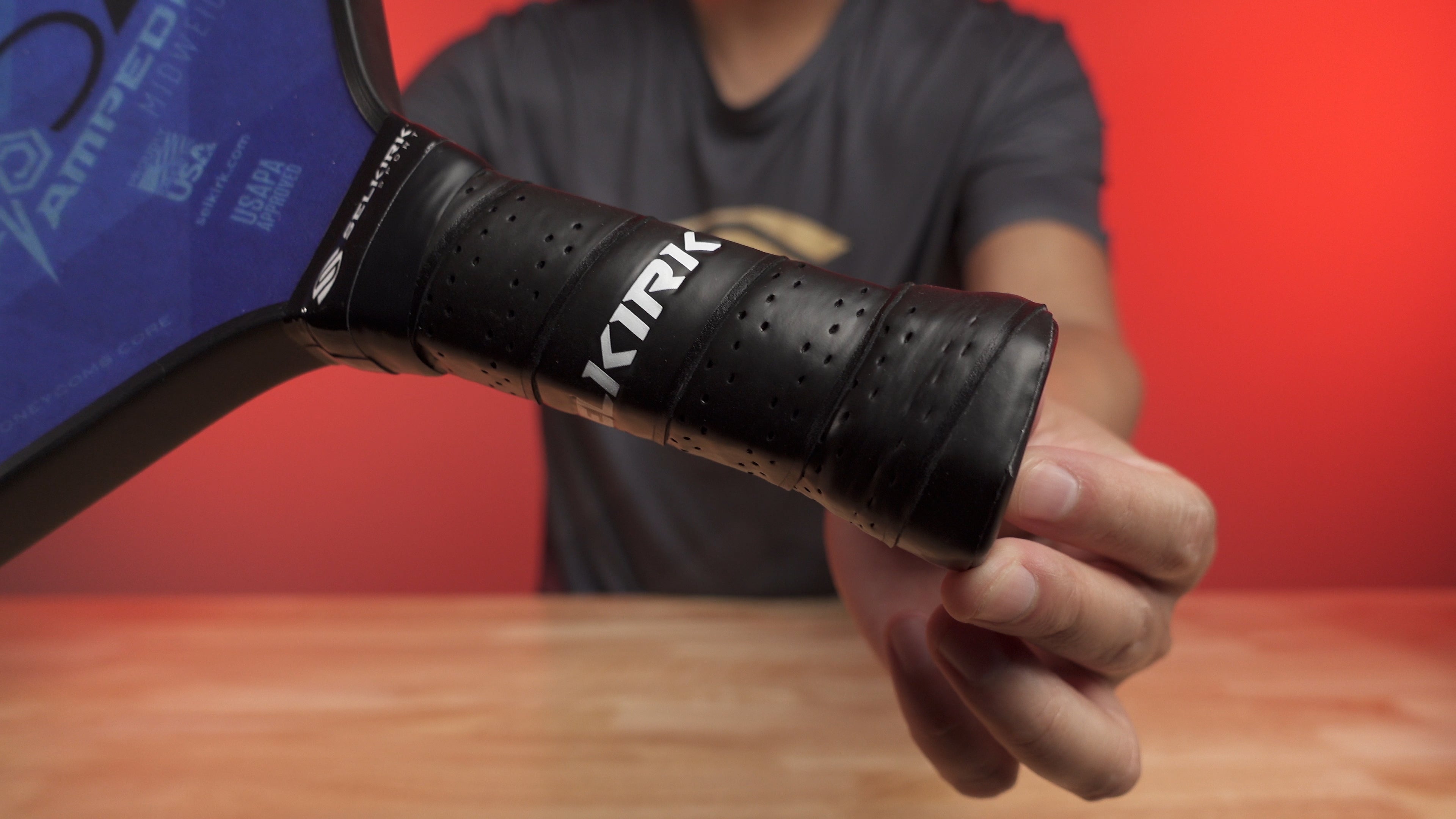
Butt Cap
At the bottom of the handle, you'll find the Butt Cap. This component helps hold the inner pieces of the handle together and prevents the paddle from slipping by giving the handle a flared-out shape.
Conclusion
Understanding the anatomy of a pickleball paddle is crucial for choosing the right paddle for your needs and playing style. Next time you're on the court, take a closer look at your paddle and appreciate the simple yet essential design that makes this sport possible. With this knowledge, you'll be better equipped to select a paddle that enhances your game and elevates your Pickleball experience.




















